Fact Of The Post
Cuba is a small island in the Caribbean and for decades it has been closed off to the world.
Only in recent years since the early 2000s it has become less isolated and a top tourist destination.
Although Cuba is a small island, it holds some of the world’s most unique cultures and creatures.
Cuba Facts Interesting
💪💪💪 Let's Start These Facts 😤😤😤
1. Cuban cigars were made world-famous by the Spanish.
When you think of cigars, most people would associate them with Cuba, but they have been made for many years by other civilizations too.
The production of cigars or tobacco can be dated back hundreds of years across all Native American civilizations.
Evidence can be found through research of tribes in North America, Nicaragua, Guatemala, and most famously Cuba.
Although the Spanish were already importing tobacco from the Americas to Europe, they fell in love with the Cuban cigar because of the way it was produced.
There are 100 steps to making a Cuban cigar, and this precision made them the best in the world as a result, the Cuban cigar became a fashion in the old world.
The Spanish opened the first factory back in Spain in 1676, producing “Cuban cigars”.
2. Cuba is home to the world’s smallest bird.
The Bee hummingbird is the smallest bird in the world and can only be found in Cuba.
On average they can grow to around 2.24 inches (57 millimeters) and females are larger than males.
They weigh just 0.056 ounces (1.6 grams) making them the smallest warm-blooded animal on the planet.
The bee hummingbird flaps its wings around 80 times per second, meaning it can move swiftly and fly upside down.
You may also like these facts about hummingbirds.
3.Ropa Vieja is Cuba’s national dish.
Cuba’s national dish is called Ropa Vieja, which translates from Spanish to mean “old clothes”.
It got its name because, when the meat in the dish is shredded alongside colorful vegetables, it resembles a pile of old dirty clothes.
The dish consists of shredded meat, which is usually beef, and is served with a selection of seasonal vegetables.
Originally it would have been a way to use up leftovers in a stew.
The style of dish originates from Central and Southern Spain and is popular within Hispanic culture, but Cuba loves it so much that it has become a recognized national dish.
4. There are over 5 different types of landscapes in Cuba.
When you think of Cuba you imagine a typical Caribbean island, made up of white sand beaches, but there is more to Cuba than just beaches.
Cuba has a diverse landscape, as well as sandy beaches it has rolling hills and mountains which cover a third of the country.
It has mostly lowlands and grassland used for farming which cover the other two-thirds of the country.
These areas also contain micro-ecosystems of deserts, swamps, and jungle-like terrain, making it a nature lover’s dream.
Because of this diverse range of habitats Cuba is home to around 3,000 species of plants that can’t be found anywhere else in the world.
5. Cuba is the largest island in the Caribbean.
You might think that Cuba is a small island, but Cuba is actually the largest island in the Caribbean.
The island spans 42,803 square miles (110,860 square kilometers), which makes it around the same size as Tennessee.
It’s 780 miles (1,250 kilometers) long, and at its widest point, it is 119 miles (191 kilometers) wide.
Cuba is the world’s 17th largest island by land area.
6. Cuba has the second largest reef in the Caribbean.
Cuba’s coastline is home to around 1166 square miles (3020 square kilometers) of a natural reef, making it the second-largest in the Caribbean, behind The Bahamas.
Cuba has some unique wildlife in its reefs that are native to that part of the world, like the Cuban Reef Fish.
There are around 900 different species of aquatic creatures; this includes a wide variety of fish such as the yellowtail snapper, lionfish, jellyfish, sharks, and dolphins.
Sadly Cuba’s reef is slowly dying due to both natural and human causes, but as of 2020, only 46% of Cuba’s reef is listed as threatened.
7. The highest point in Cuba can be found in a national park.
You may not think that Cuba has particularly high mountains, but it has a surprising amount.
Cuba has a vast chain of mountains stretching from the west to the east of the country which is split into two ranges.
The Sierra del Rosario mountain range is located on the east of the island and the Sierra de Los Organos to the west.
Pico Turquino, located in the South-Eastern part of the Sierra del Rosario, is the highest point in Cuba, sitting at 6,476 feet (1,974 meters).
8. The name Cuba means fertile land.
The name “Cuba” was given to the land when the Spanish colonized it in the 15th Century.
Although it is unknown exactly what the word Cuba means in Spanish, it is believed to have come from two words.
The first word it is linked to is “Cubao”, which translates to mean “fertile land” in English.
The second word that it is associated with is “Cabana”, which means “great place”.
9. Cuba’s flag represents freedom and independence.
Cuba’s flag is made up of three blue horizontal stripes, a red triangle on the left, and a white star.
The flag was designed in 1849 by Miguel Teurbe Tolón and Narciso López, although it wasn’t until May 20, 1902, that the flag was adopted by Cuba.
The three blue stripes refer to the three divisions the island once had.
The two white stripes between the blue refer to the strength of their own independence.
The red triangle represents the struggle of obtaining equality and freedom for the people of Cuba and the bloodshed for this. The white star symbolizes the complete freedom of the people.
10. Cuba is a historical time capsule for American classic cars.
This retro heaven is full of vintage cars that look as though they belong in a museum.
Cars were imported to Cuba from the US from the early 1900s until the 1950s.
After this time, imports from the US stopped because of the Cuban revolution which happened between 1953 & 1959.
After the revolution, the US embargo act was created.
Fidel Castro, the Prime Minister at the time banned all car imports from the USA as retaliation to the US embargo.
This meant that no new mechanical parts could be imported, so everyone had to make do with what was already there.
In the 1960s, Cuba started to import cars and parts from Russia, so it is quite common to find old American cars in Cuba, with replacement parts from Russian cars.
Questions About Cuba With Facts 😲😲😵
What is Cuba culture known for?
Ans: Cuba has a rich culture that is largely an amalgamation of African and Spanish influences. The most prominent aspects are by far its music and art. Cuban music is known the world over for its lively and exciting pulsating rhythms driving many to their feet.
What is music in Cuba known for?
Ans:Jazz: Jazz is extremely popular throughout the island, and Cuban jazz musicians are famous throughout the world. The annual International Jazz Festival in Havana and venues like La Zorra y el Cuervo and the Jazz Café are great options to experience top talent.
What is Cuba's traditional food?
Ans: Ropa vieja is the national dish of Cuba, a hearty stew made with shredded beef, tomato sauce, onions, and peppers. The stew is traditionally served with yellow rice and a glass of cold beer on the side.
What race in Cuba?
Ans: According to the most recent census count from 2012, Cuba is 64 percent white, 27 percent mulato (of mixed African and European ancestry), and 9 percent Black. Nonetheless, Cuba scholars have long been skeptical of the government's census counts, believing the state undercounts nonwhite Cubans.
What is Cuban culture?
Ans: It may be true that we Americans know very little about Cuba in general and Cuban traditions in particular. Cuba's culture is a rich amalgam of African, Spanish, and Caribbean pastimes; the food, the religions, and of course the music and dances all combine elements of the Old World and the New.
😁😁😁 Thanks For Coming 😇😇😇
Sources:
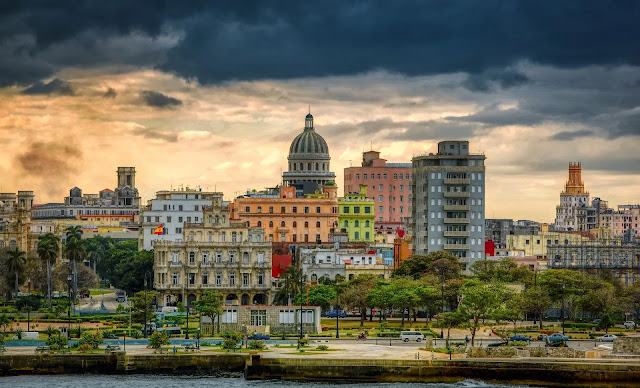
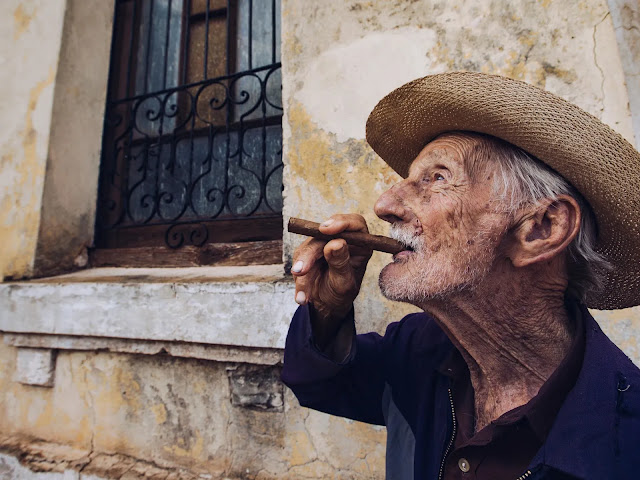
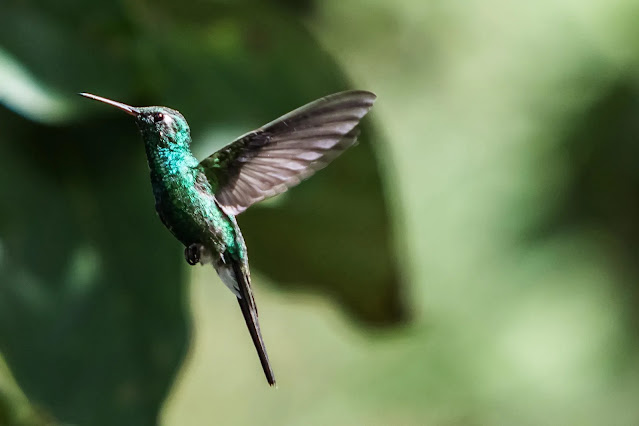
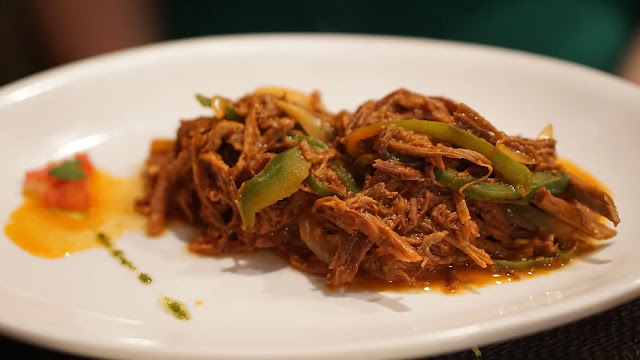
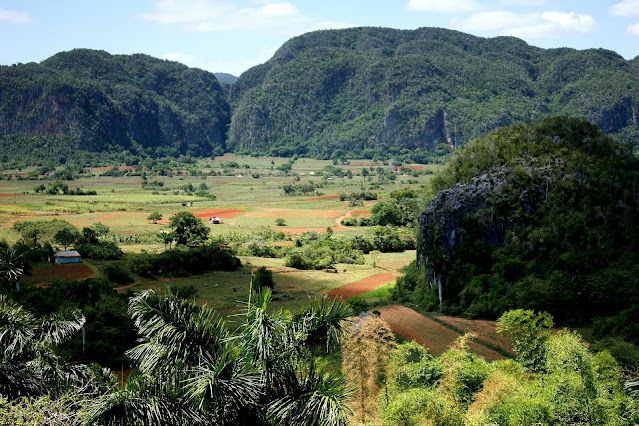
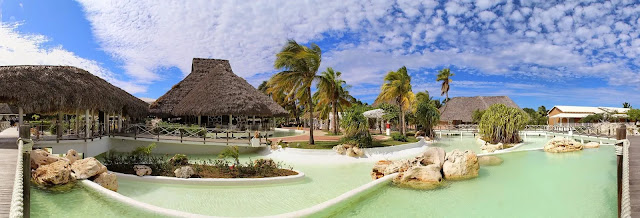
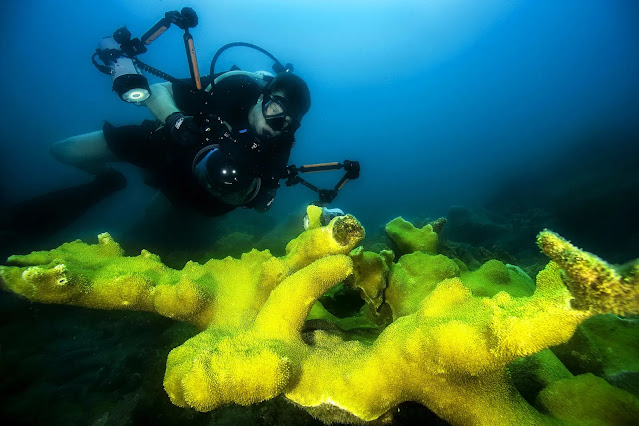
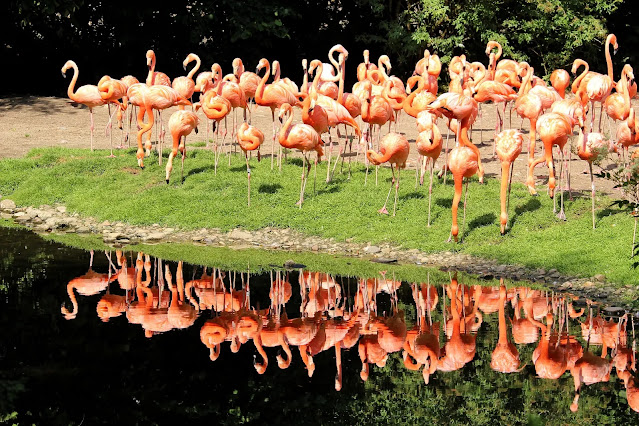
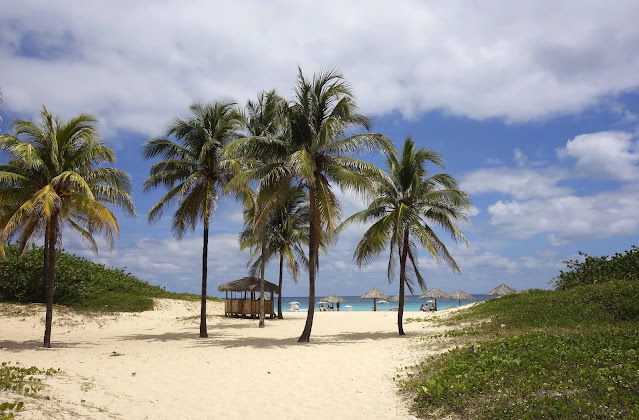
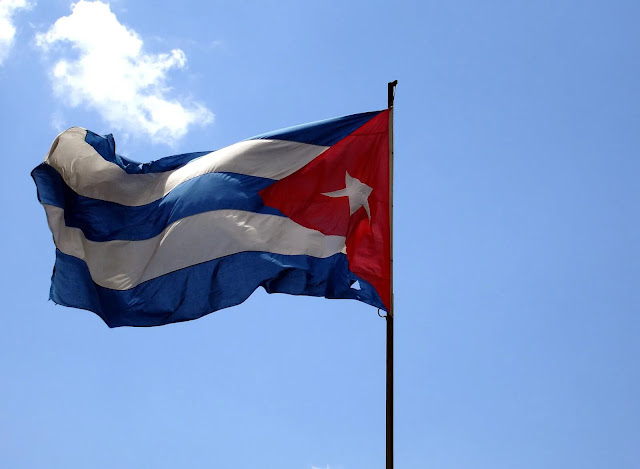
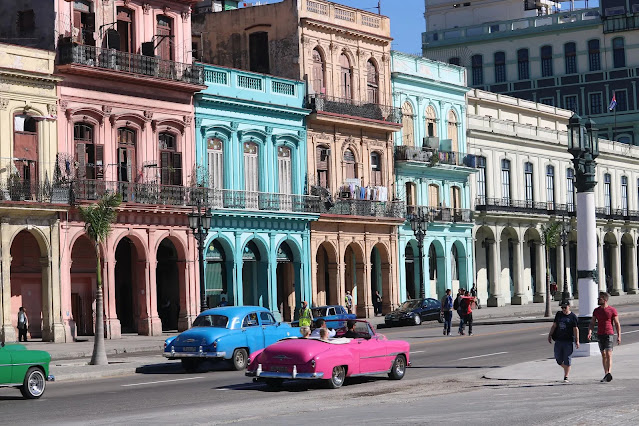
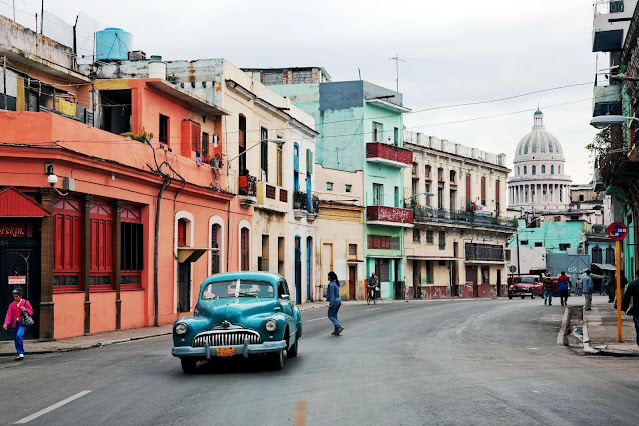
Comments
Post a Comment